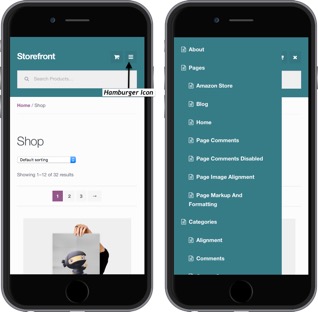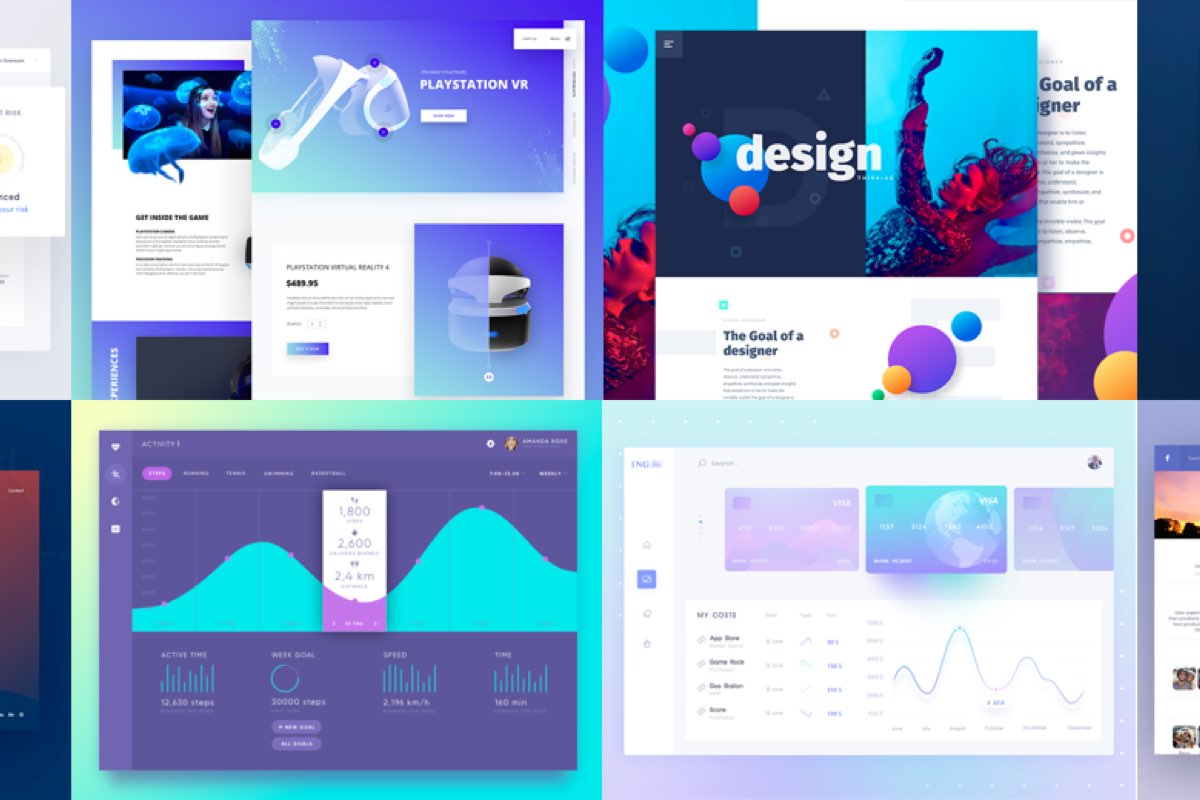We will talk about why and how companies are using data to improve their site’s performance in a way that helps both the customer and business.
But how to get good data
Ok, so let's understand data. There are essentially two types of data quantitative and qualitative. Getting quantitative data is easier, platforms like Google Analytics can tell what percent of visitors on your website are male and female. It can tell you how many visitors clicked on ‘Buy Now’ button. Easy right? But what it can’t tell you is why those many visitors clicked on ‘Buy Now’ and others didn’t. Understanding the user behavior requires qualitative data. Sure qualitative data is easier to gather but it makes no sense without the qualitative part. If you want to get into your user's mind and understand their perspective you need both. Things like A/B tests, product survey, user interviews, social media views, usability feedback can provide you with qualitative data.
Why data-driven design is important?
- Helps in making informed decisions
IBrilliant designers may build brilliant products, but are users bound to like it? Maybe not. When you are in the designing phase your personal preference and intuition can take priority over design decision making. But if you’ve got good data to backup your selections, the best design choice should be obvious. The thing about design driven by data is that you have a record of what works and what fails. For eg. HubSpot CTA study concluded that only 6% of leads come in through blog post CTAs, and that’s attributed to visitors who don’t read the entire blog hence never reach the CTA. Changing the CTA to text-only and positioning it in between the post known as anchor text CTA, saw conversions jump to 90%. Now that’s a strong case you can use for CTA placements in your design. - Know the problem and come up with a solution
Narrowing down the reason why customers are dropping off at some point is impossible without robust data. For eg. a few days back my mom called me up because she could not find the menu button on an app. Taking a look at the app I understood that she is probably not familiar with the idea of the three horizontal line also known as hamburger icon. These hamburger icons are the new menu buttons used by many apps use these days. If designers conduct user interviews, record mouse movements, and view screen activity they can conclude if this is an actual user problem or not.
- Getting to know your user persona
Using data from analytics you can define the user persona of people visiting your website. You can get to know their age, demographics, sex etc. User personas will help you run tests for future designs with participants who closely match your ideal customer. Use these personas during prototyping stage to get early feedback. Get in the shoes of people for whom you are designing. Having this understanding is important because then you can create content that hit a chord with your users to invoke empathy. For eg., this Airbnb ad shows what they believe in and it is important for their business to be inclusive to all race, they understand their user persona includes people from all around the globe and they are totally playing the field.
Real-life examples of how data is helping business
- Hewlett-Packard

HP Enterprise collects data from its server failures and leverage that data back into product design. HP tracks product failure trends and they apply that knowledge as it is designing its next-generation products. By doing so, it has been able to achieve a 15% decline in annual outage situations for clients. - Amazon

Amazon uses the concept of machine learning to infer user's preference. They keep a track of your order details and browsing history and feed this data to complex algorithms and come up with product suggestions you might want to order next. Amazon fascinates users by consistently presenting them with something they know you will be interested in.
But how much is too much
Data-driven design can be a gateway to a better website. But, it has its own drawbacks. Making every small decision based on data can slow down the design process. Some new brilliant ideas that are not on the market can get scratched down because you won’t have data to back it up. Banking on an innovative idea means taking a leap of faith and this gives the data geeks a nightmare. But keep in mind some of the exceptional marketing ideas didn’t have data to back it up. Bring your creative team and data experts together and strike a balance.

Nidhi Rai, UXaudit.io
I am a QA by profession with 5 years of experience on various automation technologies. I am highly passionate about experience design as an emerging field and an enthusiast to spread the importance of usability and usability testing. When I am not working I am mostly reading, writing, or traveling. I am from India but currently staying in the United States.
Follow me on twitter
You would love reading these similar stories
The complete guide to conduct usability testing
In this world where consumer is the king, usability and user experience has become the topmost priority of of the businesses across...
7 steps to become a design led organization
There are companies like Apple, Starbucks, Walt Disney Sony and many more that have grown in market by giving a great UX
Getting the WOW factor in UX design
How to give your management team the wow factor they are seeking for. How to give your management team the wow factor they are seeking for.



FACEBOOK COMMENTS WILL BE SHOWN ONLY WHEN YOUR SITE IS ONLINE